Description
Aglaonema White Kiwi is a stunning indoor plant known for its beautiful green and white leaves that can brighten up any room. With its air-purifying abilities and low maintenance care, this plant is perfect for any plant lover or beginner looking to add some greenery to their space.
Full Botanical Name:
Aglaonema ‘White Kiwi’
Common Names:
Chinese Evergreen, Aglaonema
Country and/or Region of Origin:
Native to tropical and subtropical regions of Southeast Asia, including countries like Thailand, Indonesia, and Malaysia.
Growing Conditions in Native Habitat:
In its native habitat, Aglaonema ‘White Kiwi’ grows on the forest floor under the canopy of tropical rainforests. It thrives in low to moderate light with high humidity and consistently moist, well-draining soil.
Care Information:
-
Light:
Prefers low to bright indirect light. It tolerates low light well but displays more vibrant leaf colours in brighter, indirect light. Direct sunlight can scorch its leaves. -
Ideal Room:
Suitable for living rooms, offices, or bedrooms, particularly those with low to moderate natural light. -
Feeding:
Feed with a balanced liquid fertilizer every 4-6 weeks during the growing season (spring through early autumn). Reduce feeding during the winter months when growth slows. -
Humidity:
Prefers moderate to high humidity. If indoor air is dry, increase humidity by misting the plant, using a pebble tray, or placing it near a humidifier. -
Ideal Temperature:
Thrives in temperatures between 65°F and 80°F (18°C to 27°C). Avoid exposure to temperatures below 60°F (15°C) and protect from cold drafts. -
Watering:
Water when the top 1-2 inches of soil are dry. Aglaonema ‘White Kiwi’ prefers consistent moisture but not soggy soil, so ensure proper drainage. -
Pet/Child Safe:
No, this plant is toxic if ingested by pets or humans, so it should be kept out of reach. -
Soil:
Prefers a well-draining, slightly acidic soil. A good potting mix with added perlite or sand is ideal to ensure proper drainage. -
Propagation:
Propagation is typically done through stem cuttings or division. Spring or early summer is the best time to propagate. -
Eventual Height and Spread:
Typically grows to about 1-2 feet (30-60 cm) in height and spreads about 1-2 feet (30-60 cm). -
Growth Rate:
Moderate growth rate. -
Pests and Treatment:
Can be affected by pests like spider mites, aphids, and mealybugs. Regularly inspect the plant and treat any infestations with insecticidal soap or neem oil. -
Repotting:
Repot every 2-3 years or when the plant becomes root-bound. Spring is the ideal time for repotting. -
Pruning:
Minimal pruning is required. Remove any yellow or dead leaves to keep the plant healthy and attractive.

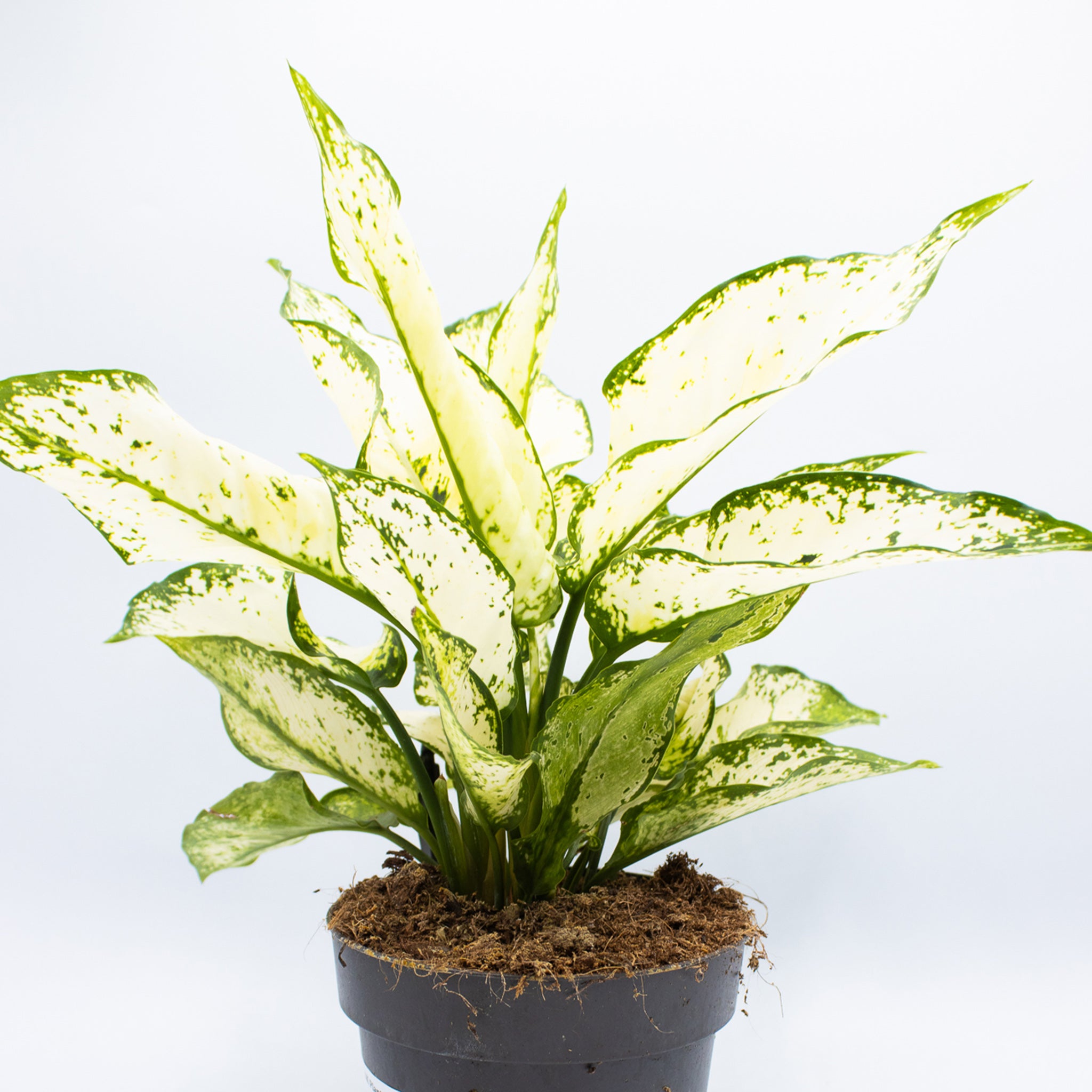
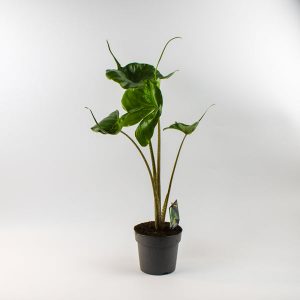
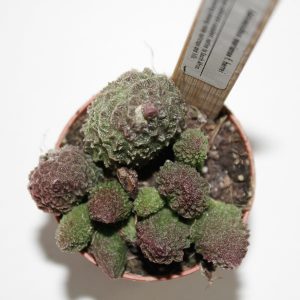

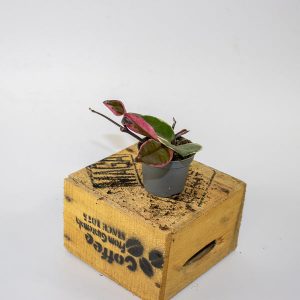
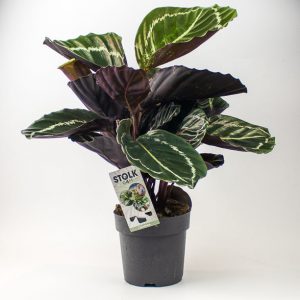


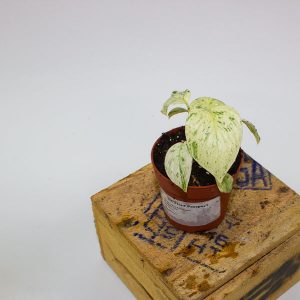

Reviews
There are no reviews yet.